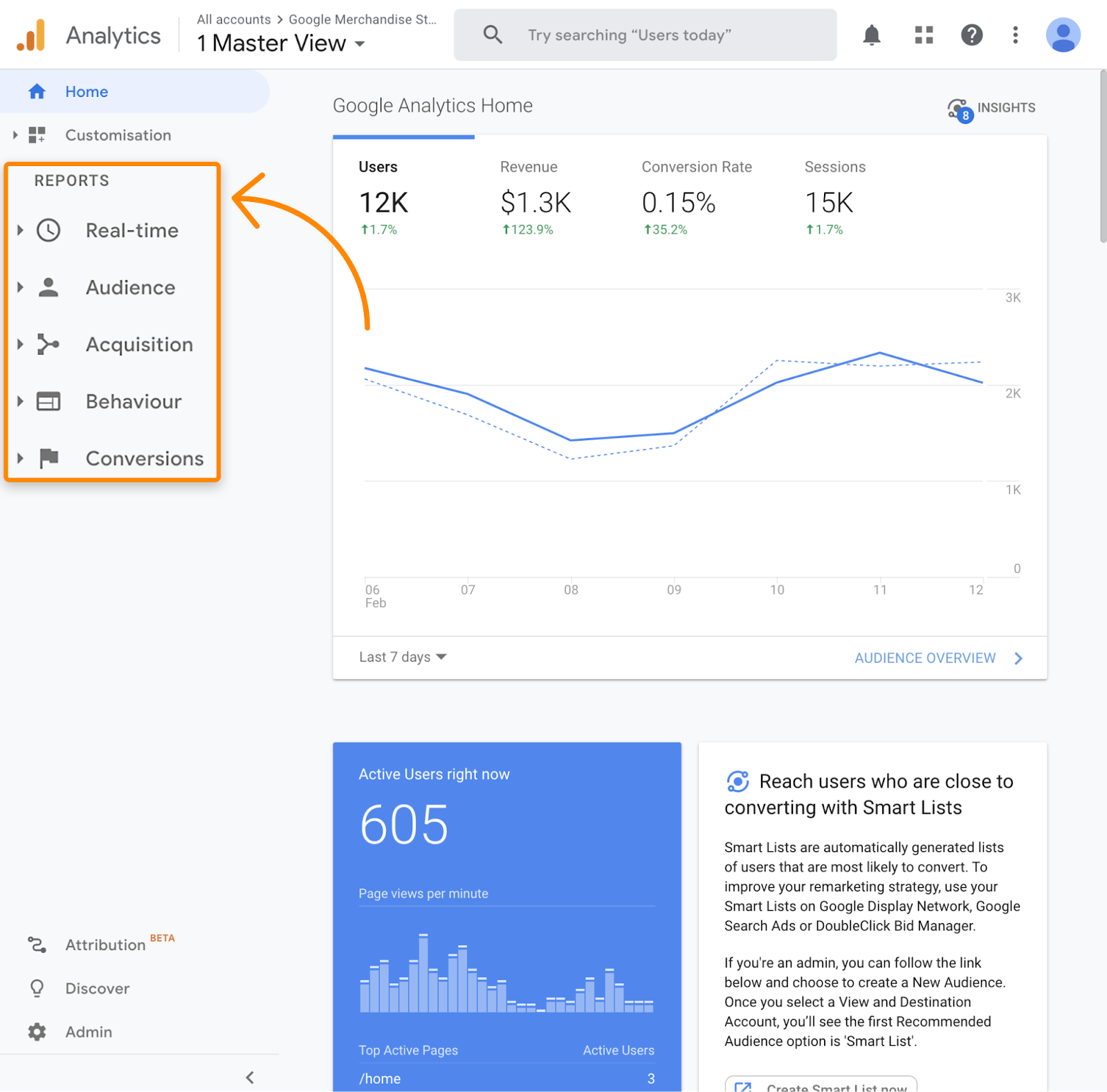Revealing the Influence of Additional Dimension in Google Analytics on Information Evaluation and Insights
In the world of data analytics, the application of additional measurements within Google Analytics has actually emerged as a critical device for drawing out much deeper understandings and unraveling complex patterns that could otherwise remain covered. By peeling back the layers of key data collections, second measurements offer a nuanced viewpoint that enhances the understanding of individual behavior, internet site performance, and the efficiency of marketing methods. The real influence and untapped possibility of additional dimensions are commonly underestimated, eclipsed by the appeal of main metrics. As we browse via the intricate landscape of data evaluation, the importance of additional dimensions ends up being significantly evident, shedding light on vital information that hold the key to informed decision-making and tactical optimizations.
Checking Out the Idea of Secondary Dimensions
Secondary measurements in Google Analytics offer additional insights by enabling individuals to examine primary information in conjunction with a secondary characteristic. By including second measurements, individuals can delve deeper right into the data and uncover useful relationships that may otherwise go undetected - what is a secondary dimension in google analytics.
By discovering the numerous second measurements offered in Google Analytics, individuals can open brand-new understandings and maximize their digital marketing efforts. In essence, secondary dimensions offer as an effective device for improving data evaluation and driving workable outcomes.
Enhancing Information Interpretation With Additional Measurements
Having developed the fundamental understanding of second dimensions in Google Analytics and their pivotal duty in data evaluation, the focus currently changes towards leveraging these additional credit to boost the interpretation of analytics data (what is a secondary dimension in google analytics). By including additional dimensions into information analysis, analysts can get much deeper insights into customer behavior, internet site performance, and advertising effectiveness

In addition, additional dimensions aid in contextualizing main information metrics by giving extra layers of information. This contextualization help in recognizing the 'why' behind the information trends, aiding analysts make informed optimizations and decisions to enhance general performance. Eventually, incorporating second measurements enriches the data analysis process, leading to even more critical actions and purposeful insights.
Revealing Hidden Insights With Second Dimensions
Discovering the depths of analytics information with secondary measurements reveals useful understandings that would or else continue to be covered. By incorporating second dimensions in Google Analytics, organizations can discover surprise patterns, fads, and relationships that offer an even more comprehensive understanding of individual habits and website performance. These added layers of information allow analysts to delve much deeper right into the primary dimensions, such as website traffic sources or touchdown pages, and get a much more nuanced perspective on exactly how various variables connect with each other.
Through the usage of second measurements, analysts can segment and contrast information across different dimensions, enabling them to recognize certain variables that affect individual engagement, conversion rates, and total success metrics. By coupling the main dimension of 'tool group' with the secondary measurement of 'age group,' marketing experts can identify which age demographics choose accessing the site through mobile gadgets versus desktops.
Leveraging Second Dimensions for Actionable Analytics
Structure upon the understandings revealed via additional dimensions in Google Analytics, businesses can currently harness this enriched data landscape to drive review workable analytics and calculated decision-making. By leveraging secondary measurements, organizations can dive deeper right into their data to remove useful patterns, trends, and relationships that may have formerly gone unnoticed. This much deeper level of analysis enables services to get an extra comprehensive understanding of individual habits, campaign efficiency, and total internet site efficiency.
One key advantage of making use of second dimensions for workable analytics is the capability to segment data based upon certain criteria. This segmentation enables organizations to customize their strategies and campaigns to various target market teams, resulting in much more targeted and reliable marketing initiatives - what is a secondary dimension in google analytics. In addition, second measurements supply an even more all natural sight of individual communications, making it possible for businesses to optimize their web site material, design, and total customer experience
Maximizing Decision-Making With Secondary Measurements
To improve critical decision-making in analytics, leveraging additional measurements in Google Analytics can offer an extra nuanced perspective on user actions and campaign efficiency. By incorporating secondary dimensions into data evaluation, organizations can delve much deeper into the specifics of their web site visitors' communications and engagement patterns. This added layer of info allows for an extra extensive understanding of exactly how various variables, such as demographics, gadgets, or website traffic sources, influence vital performance signs.

Conclusion
Finally, the use of additional measurements in Google Analytics plays an important function in improving data analysis and revealing surprise understandings. By discovering this principle, one can gain a much deeper understanding of individual behavior and make educated decisions based on actionable analytics. Leveraging second dimensions enables an extra comprehensive analysis of data and takes full advantage of the efficiency of decision-making processes.
